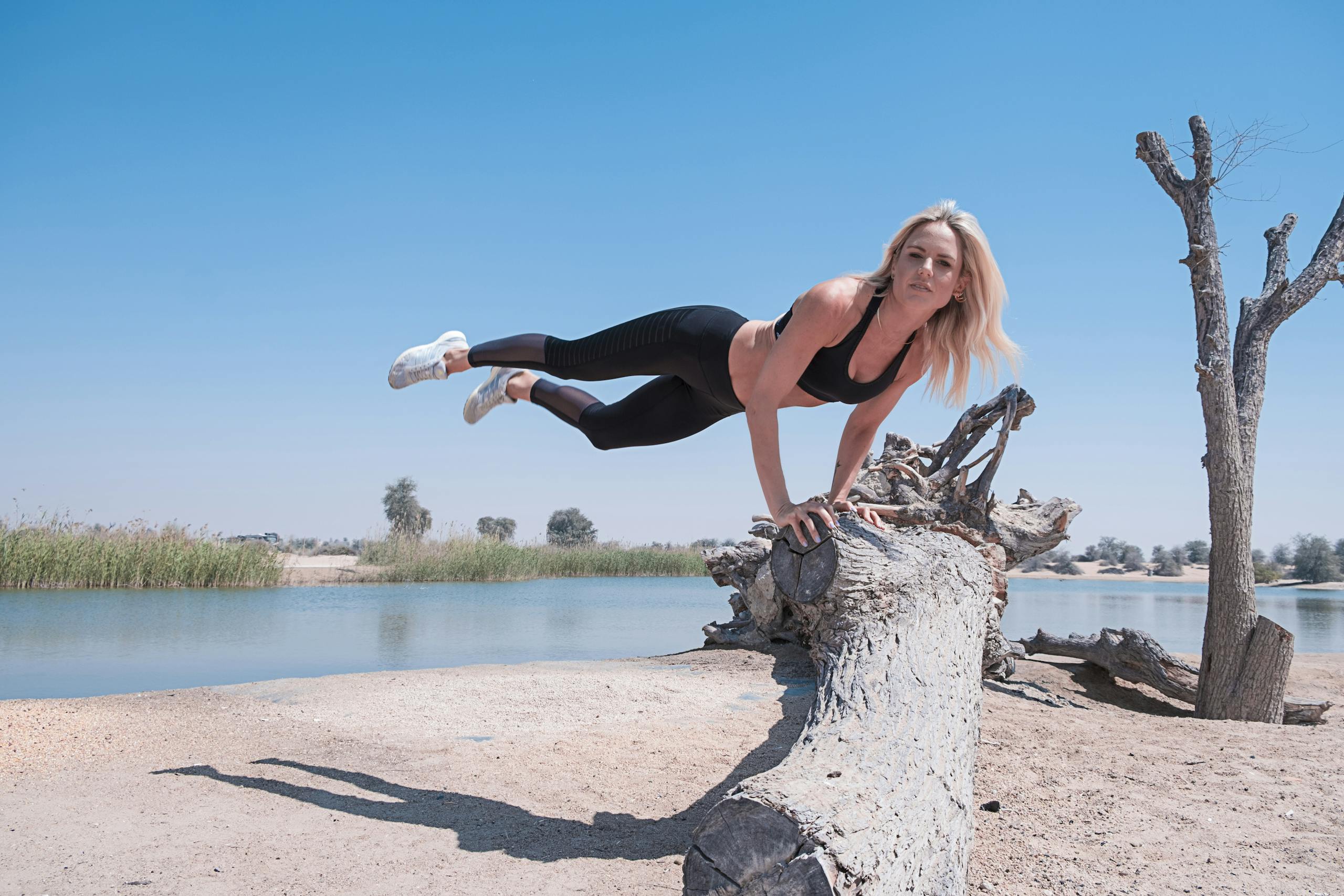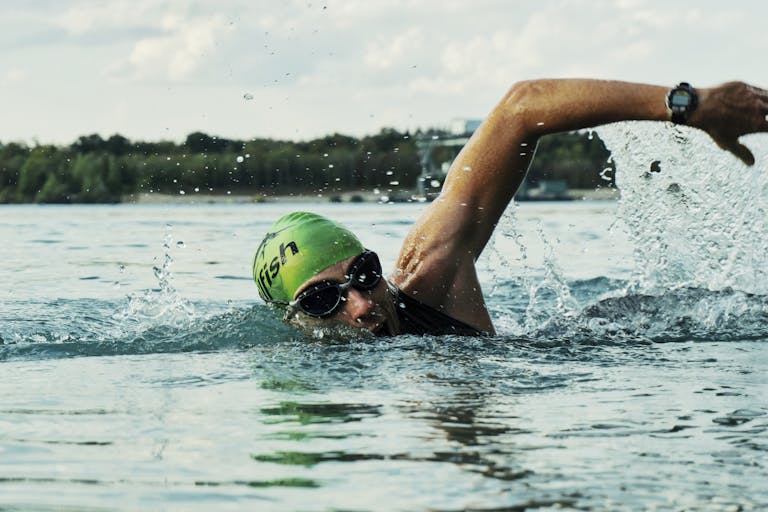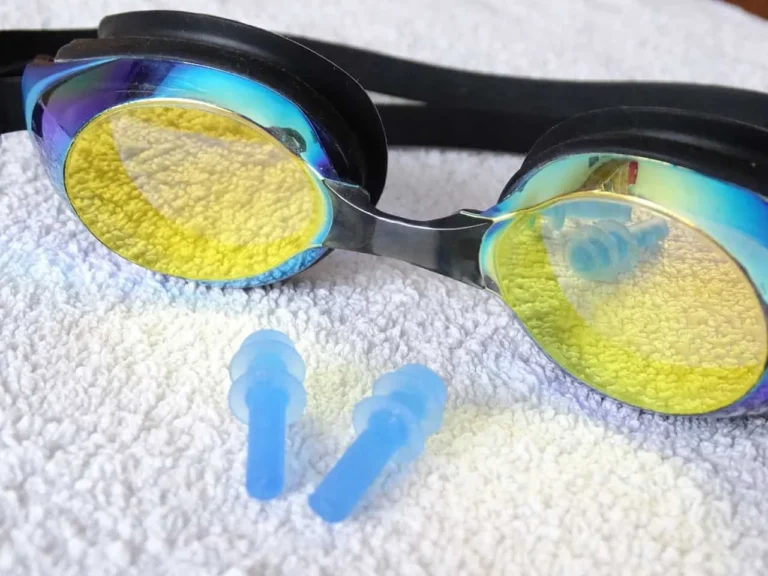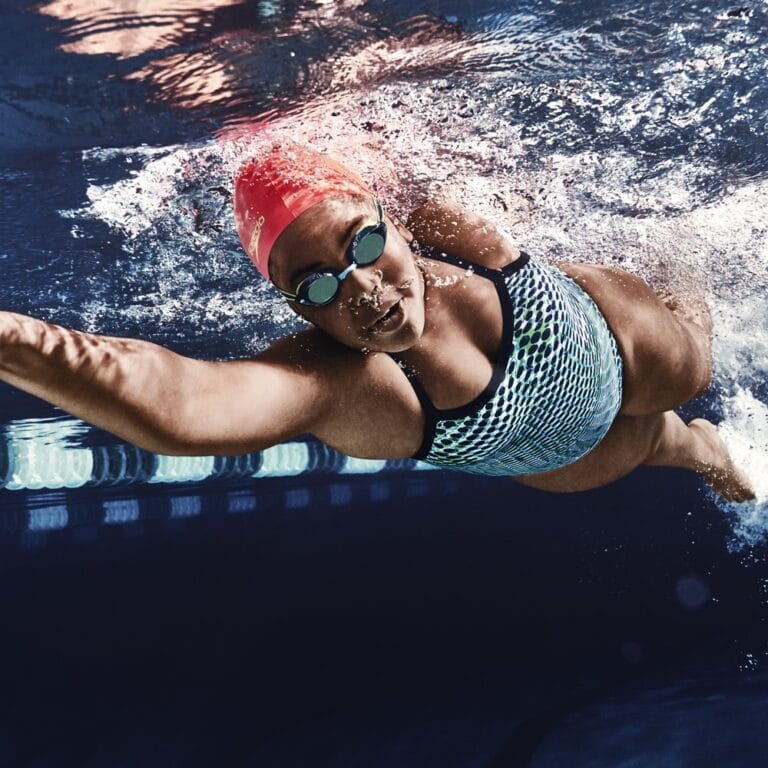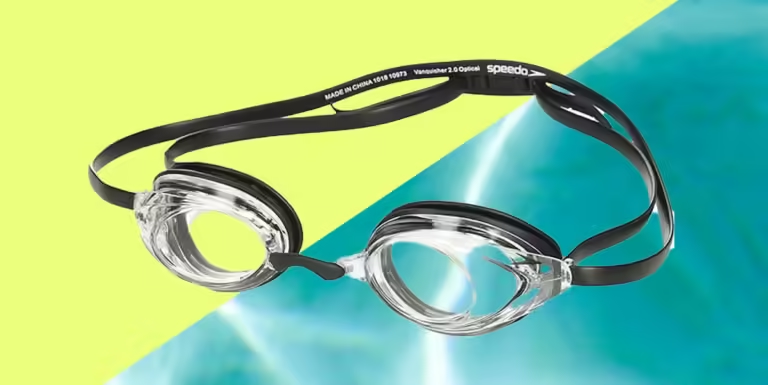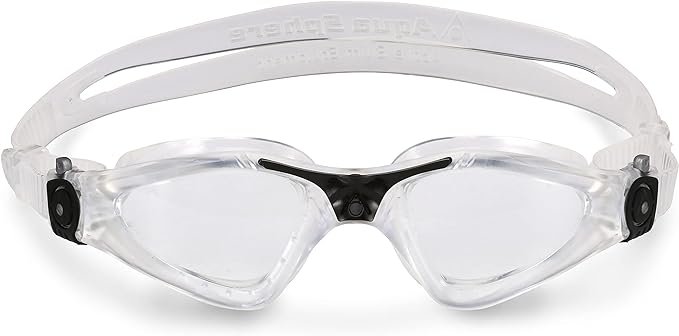When people think of swim training, they picture endless laps in the pool. But here’s the truth: if you want to be a faster, more efficient swimmer, you need to train outside the water too—especially your core.
The core is the control center of your entire stroke. It helps you stay streamlined, transfer power from your kick to your pull, and maintain proper body position over long distances. Without a strong core, your stroke falls apart, no matter how much you swim.
As a swim coach, I’ve seen swimmers shave seconds off their times just by improving core strength. In this article, I’ll walk you through the most effective dryland core exercises for swimmers, why they work, and how to integrate them into your training plan.
Why Core Training Matters in Swimming
Swimming is a full-body sport, but every powerful movement begins at the core. When your midsection is strong and stable, you:
- Hold a better body line (reducing drag)
- Rotate efficiently in freestyle and backstroke
- Maintain control during starts and turns
- Improve breathing coordination
Core training also helps reduce injuries, especially in the lower back and shoulders, by supporting better posture in the water.
Core Exercises That Actually Work for Swimmers
These exercises are staples in many elite swim programs. They don’t require fancy equipment—just proper form, consistency, and a few square feet of space.
1. Plank Holds (Front and Side)
Planks are a foundational isometric exercise that mimic the neutral body position you aim for in the water.
How to do it: Keep your body in a straight line from shoulders to heels. Don’t let your hips sag or rise too high. Hold for 30–60 seconds per set.
2. Flutter Kicks on Your Back
This simulates the kick motion in freestyle and backstroke while engaging the lower abs.
Pro tip: Keep your head slightly off the ground and press your lower back into the floor to avoid arching.
3. Superman Hold
This targets the lower back and glutes—essential for balance and alignment in all strokes.
How to do it: Lie face-down, lift your arms and legs off the ground, and hold for 20–30 seconds. Think of flying like Superman.
4. Russian Twists
This rotation exercise helps with body roll and breath timing in freestyle.
Form tip: Keep your feet off the ground for more intensity, and move your arms deliberately side to side without rushing.
5. Leg Raises with Hip Lift
Great for targeting the lower abs and developing control through your hips and core.
Add a challenge: Do these slowly and with a pause at the top to build tension.
6. Dead Bug
One of the best core stabilization exercises to train coordination and balance.
Why it works: It mimics the opposite-arm, opposite-leg coordination used in freestyle and backstroke.
7. Medicine Ball Slams (Optional)
If you have access to a gym, this adds explosive strength and mimics the core power needed during starts and turns.
How Often Should Swimmers Do Core Work?
You don’t need to spend hours on core training. Consistency matters more than volume. I recommend:
- 2–3 dryland sessions per week
- 15–20 minutes per session
- Focus on slow, controlled movements—this isn’t about speed
You can do core workouts on your rest days or after swim practice as part of your cool-down or conditioning.
Sample Core Routine for Swimmers
Here’s a quick 15-minute routine you can try today:
- Front plank – 1 min
- Flutter kicks – 30 sec
- Superman hold – 30 sec
- Side plank (each side) – 30 sec
- Russian twists – 20 reps
- Dead bug – 10 reps per side
Repeat the circuit 2–3 times
Final Thoughts
Your core isn’t just your abs—it’s your engine. A stronger, more stable midsection will improve your stroke, boost your endurance, and protect you from injury.
Whether you’re training for your next meet or just looking to swim with more control and efficiency, adding dryland core work to your routine is a game changer. You don’t need to be in the pool to become a better swimmer—sometimes, it starts on the floor.
